Today’s GeoEd post is brought to you by Susan Tate, an 8th grade teacher from Michigan in the USA. Susan attended the GIFT workshop held during the General Assembly last year. The GIFT programme offers primary school to high school teachers the opportunity to upgrade their knowledge in geophysical themes and to shorten the time between new discoveries and textbook information. After three days supercharging her geosciences knowledge at the 2014 conference, Susan shares her perspective on the GIFT workshops.
What do you get when you combine a three-day Earth science workshop, world-renowned scientists, inspirational fellow teacher-participants, and one of the most beautiful, historical and culturally-rich cities in Europe? Answer: an opportunity of a lifetime for this small town Midwestern teacher, who had never even traveled to Europe before.
As a recipient of the William Goree Award for 2014, I would be experiencing the European Geosciences Union GIFT (Geosciences Information For Teachers) workshop in Vienna, Austria, fully funded by 2G-Enterprises (the company founded by the late William Goree and William Goodman), EDUGEA (an educational association in France), and EGU. I learned of the EGU GIFT workshop and the scholarship opportunity from an announcement in a NESTA newsletter in November of 2013. When I asked my principal for permission to apply—as I would be missing four days of school if selected—I told him that it was definitely a long-shot, but it would be a dream come true to attend. Imagine my excitement when I got an email in mid-December notifying me that I was to receive the Goree Award!
I spent the next few months preparing for my late April trip, and at the recommendation of Dr. Carlo Laj, chairman of the EGU Committee on Education, and Dr. Stephen Macko, a professor at the University of Virginia who serves on the committee, I was in frequent contact with Abigail Morton, a Pennsylvania teacher who had received the Goree Award the previous year. Armed with insider knowledge, abundant excitement to see the beautiful city of Vienna, and growing curiosity about the workshop speakers and participants, I stepped off the plane early on the morning of Sunday, April 27th ready to soak it all in.
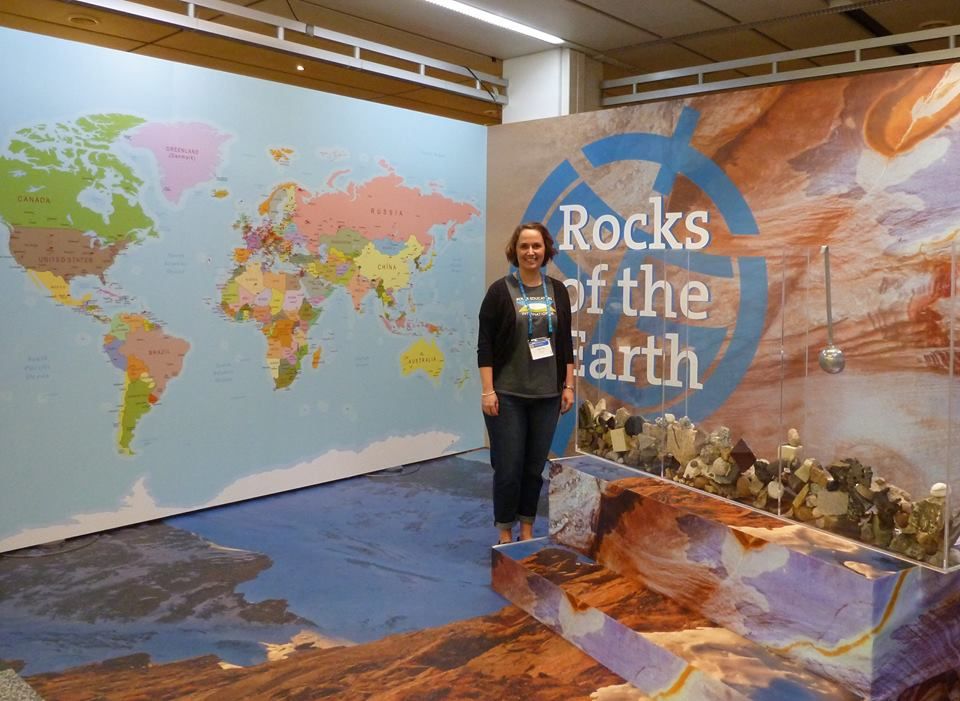
Susan at the Rocks of the Earth exhibition at European Geosciences Union General Assembly 2014. (Credit: Susan Tate)
The program began with a pre-workshop reception and guided tour of the Vienna Museum of Natural History. This museum, celebrating its 125th anniversary this year, is located in the heart of the historic section of the city. As I wandered through the astounding collection of rocks, minerals, and fossils, Dr. Macko informed me that the museum houses the oldest and largest public collection of meteorites in the world! At the museum I met the other American teachers in attendance, including four Einstein fellows who were working with NSF and NOAA. The conference had not yet officially begun and I knew I was going to be inspired as much by my fellow teacher-participants as by the program speakers.
The theme of the 12th annual EGU GIFT workshop was “Our Changing Planet” with an emphasis on climate, and on the first official morning of the conference we got right to business with an engaging talk by Thomas Stocker, IPCC (Intergovernmental Panel on Climate Change) Working Group 1 Co-Chair, from the University of Bern, Switzerland. Dr. Stocker highlighted the process of the IPCC working groups, the wealth of data supporting anthropogenic climate change, and the serious risks that we face if we do not act to curtail greenhouse gas emissions. This compelling presentation was followed by a talk from Valerie Masson-Delmotte about climate information that can be obtained from ice cores, and hands-on activities from Sally Soria-Dengg and Francesca Ugolini.
I found the experiments on ocean acidification and the role of the ocean in the carbon cycle, demonstrated by Dr. Soria-Dengg, to be very engaging and enlightening, and I cannot wait to use those in my Earth science classes this year as we study the connections between climate and oceans. I especially enjoyed the demonstration of ocean acidification using a glass bowl filled with distilled water and an indicator solution. Lighted floating candles are placed on the water’s surface and then covered with a second glass bowl to make a chamber. As the burning candles release carbon dioxide, the surface water in contact with the air turns yellow, which indicates acidification. This visual demonstration will clearly illustrate for my students how ocean water can become acidic as it absorbs increasing amounts of CO2 from our atmosphere.
Day 2 of the GIFT workshop dawned bright, and all of the teachers were ready to learn more about the evidence for human impact on our climate system. One of the challenges for teachers concerning this topic, especially in the United States where it is fraught with political tension and argument, is presenting the scientific data in a way that is clear, concise, and allows students to connect the dots without forcing conclusions on them. Frequently during the workshop the mood in the room would turn quiet and somber as all of the teachers grasped the sheer amount of scientific evidence for anthropogenic climate change. We learned of evidence from ice cores, ocean chemistry and expansion, sea ice melt, agricultural change, and satellite observations. By the afternoon of the second day, we were ready to lighten the mood with a game called The Carbon Caper. I can definitely see my middle school students getting involved in a game that simulates carbon movement between various sources and sinks by throwing plastic balls into mesh bins. The best kind of learning for many of us is the kind in which we feel like we are playing instead of learning.
Tuesday’s program was shortened to allow us to get ready for the evening’s poster session. Since the GIFT workshop was part of the EGU General Assembly, there were literally thousands of posters being presented during the conference. It was quite overwhelming to even find the section where I was supposed to hang my own poster, which was on water quality research conducted by my students on our local watershed. Thankfully, Dr. Eve Arnold, also a member of the EGU Education Committee, had prepared us well for the event, and we followed a schedule that allowed us to spend some time at our own poster answering questions, and equal time interacting with other teachers and their posters. I was able to get many good ideas for my classroom from other GIFT participants.
On the final day of the workshop, we heard from Dr. Larry Mayer, Director of the School of Marine Science and Ocean Engineering, Center for Coastal and Ocean Mapping at the University of New Hampshire, as he discussed his experiences with recent changes in Arctic ice cover. Dr. Mayer entertained us with tales from his voyages mapping sea ice in the Arctic, as well as cautioned us about the implications of diminishing sea ice on both our climate system and our geopolitical system. According to Dr. Mayer, the five coastal nations that border the Arctic—Canada, Denmark, Norway, Russia, and the United States—have all engaged in extensive seafloor mapping in the last decade in order to establish their sovereign rights over the resources of the seafloor under the Law of the Sea Treaty. This presentation was very interesting and provided us with great resources to make interdisciplinary connections between science and social studies.
An additional highlight on the final day of the conference was the opportunity for the U.S. teachers to visit a school in Vienna. Claudia Pollach and her administrators at AHS Heustadelgasse were very gracious to open the doors of their school to us. We enjoyed learning more about the education system of Vienna, and the environmentally sustainable design of Ms. Pollach’s school.
I am incredibly grateful that I was able to attend the EGU GIFT workshop last spring with the assistance of the William Goree Award. This opportunity was definitely responsible for expanding my scientific background, which is the purpose of the award. Since returning from Vienna, I have included details of my experience in a presentation at the Michigan Science Teachers Association conference, as well as worked with several extracurricular student groups on climate-related projects. In the next month, I will be teaching units on climate and oceans, and I am excited about incorporating the hands-on lessons that I learned from the GIFT workshop. I owe a debt of gratitude to Dr. Carlo Laj (Chairman of the EGU Committee on Education and founder and President of EDUGEA), Lauren Keaton (William Goree’s daughter), and William Goodman (2G Enterprises) for selecting me for this award and for fostering such high-quality teacher professional development.
By Susan Tate, 8th Grade Earth Science Teacher, Whitehall Middle School, Michigan

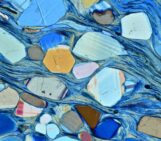
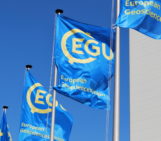
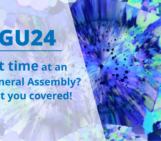
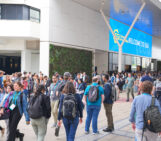
Pingback: GeoLog | Educators: apply now to take part in the 2020 GIFT workshop! - GeoLog
Pingback: GeoLog | Educators: apply now to take part in the 2019 GIFT workshop!
Pingback: GeoLog | Apply now to take part in the 2016 GIFT workshop!